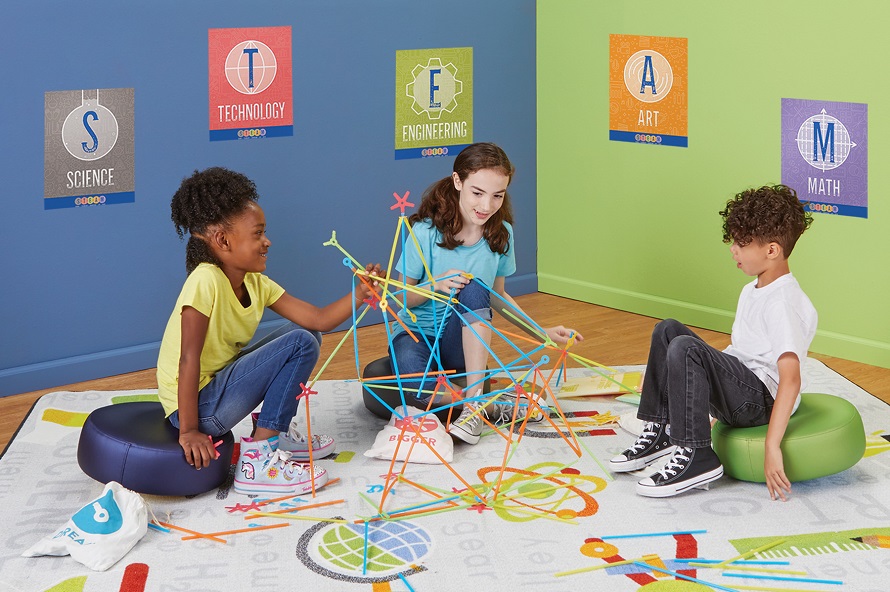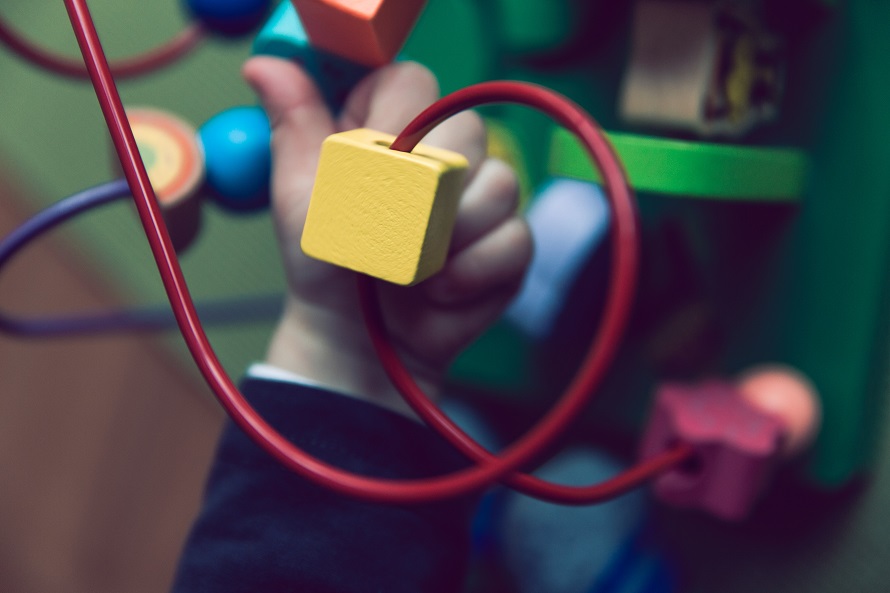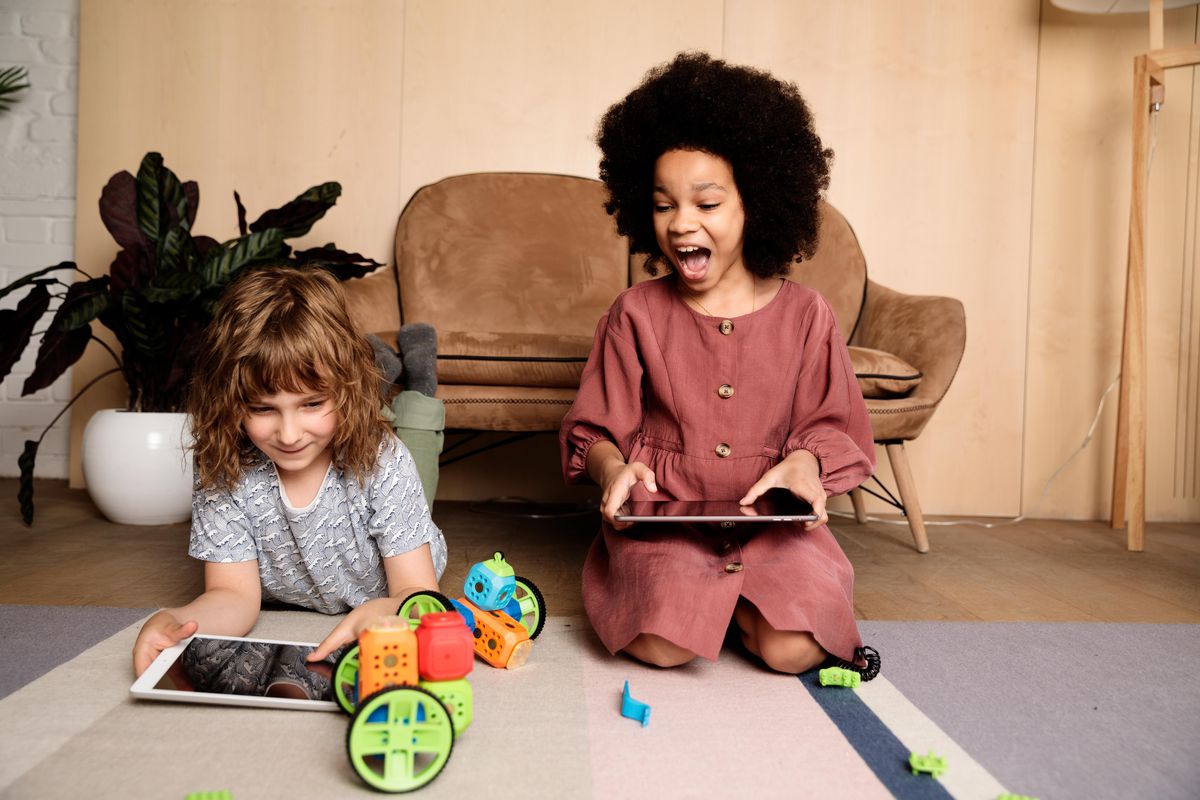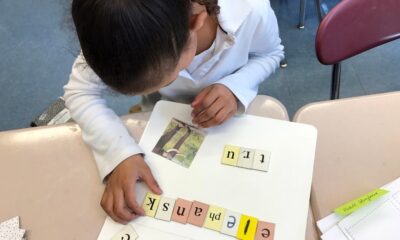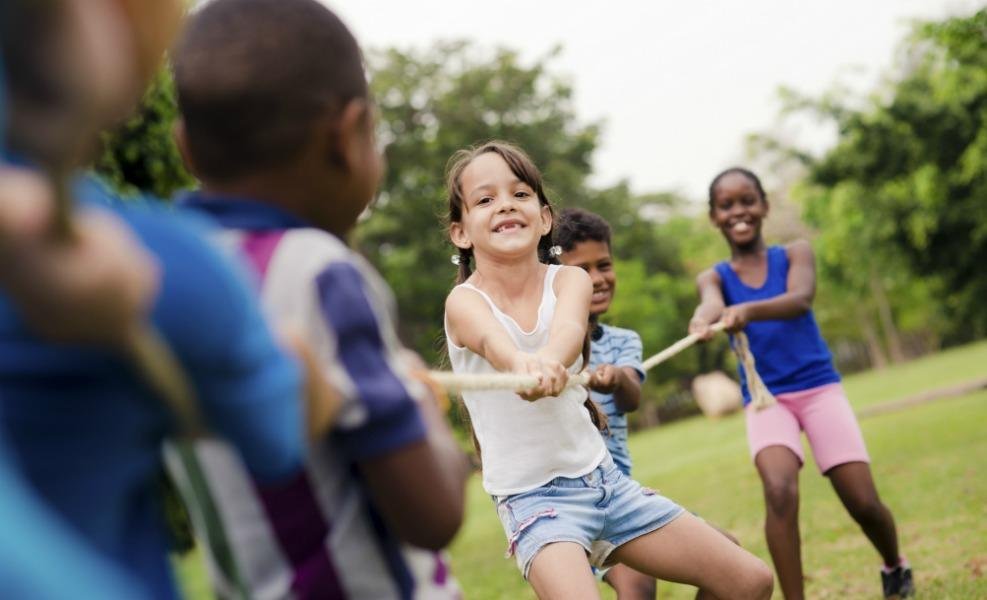Educational Toys
Alternative Classroom Seating: The Amazing Power of Wiggle Seats
To make learning effective, educators should ensure that the whole process is as fun and possible and implement unconventional teaching tools like for instance educational toys. We all know that kids educational toys deliver high marks on fun skill-building. But what many don’t know is that a wiggle seat can also make the learning environment more entertaining and beneficial. Not all students learn in the same way, nor do they all learn best with traditional seating. Wiggle seating offers an innovative way to teach and learn!
What Is a Wiggle Seat?
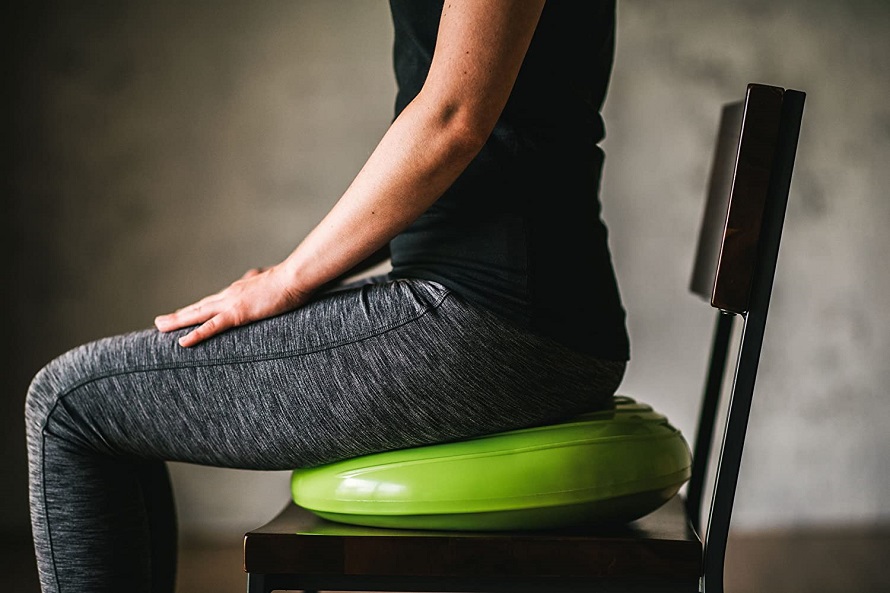
Wiggle seats are portable seat cushions designed to improve posture while also absorbing fidgeting and engaging the stomach and core muscles. This seat provides a sort of sensory stimulation for the child, through both the texture of the seat itself and the slight bounciness it allows. Wiggle seats, regardless of size and shape, are all filled with air, which creates a moving surface for the child to sit on.
Integrating wiggle seating can create many positive changes in the classroom. This flexible seating is more comfortable, helps students get their “wiggles” out, and assists in focus. Children that have trouble focusing tend to wiggle to maintain alertness. Wiggle seats for students counteract this by triggering stimulation of the core. The constant balancing stimulates the child’s brain, allowing for easier focusing. Overall, the mobility of this seating nurtures collaboration, teaches self-regulation and motivates metacognition. Wiggle Seat Options
When shopping for wiggle seats for students, you’ll come across different options but all of them have the same disc shape with air, or in some cases gel inside, to allow the body to move around while seated. Depending on what your main goal is with this simple seat, you’ll be able to choose the right option for your classroom.
Inflatable wiggle seats for classroom are considered the most effective type. The inflatable aspect allows children to have an unbalanced surface that is in fact quite even. The inflation levels can be adjusted to achieve just the right amount of stiffness. Another great thing about this seat is that it’s very lightweight and can be collapsed down for easier transport when needed. These seats also provide a better level of sensory stimulation from the nubs that are often found on their surface.
Bean bag wiggle seat features the same basic shape and concept of inflatable wiggle seats, but use a bean bag filling rather than air. While this concept may provide a certain level of relief, the unbalanced surface can easily become too unstable, causing the child to work harder to maintain balance than they really should.
Seat wedges are designed with the same main idea of a wiggle seat, but they are also insufficient. These seats are made either from stiff foam or inflatable plastic and provide an angle in the seat that does cause the child to work a bit for balance. While these seat edges do offer sensory stimulation and core work, they are not near as effective as other types of wiggle seats.
How Can Students Benefit From a Wiggle Seat?
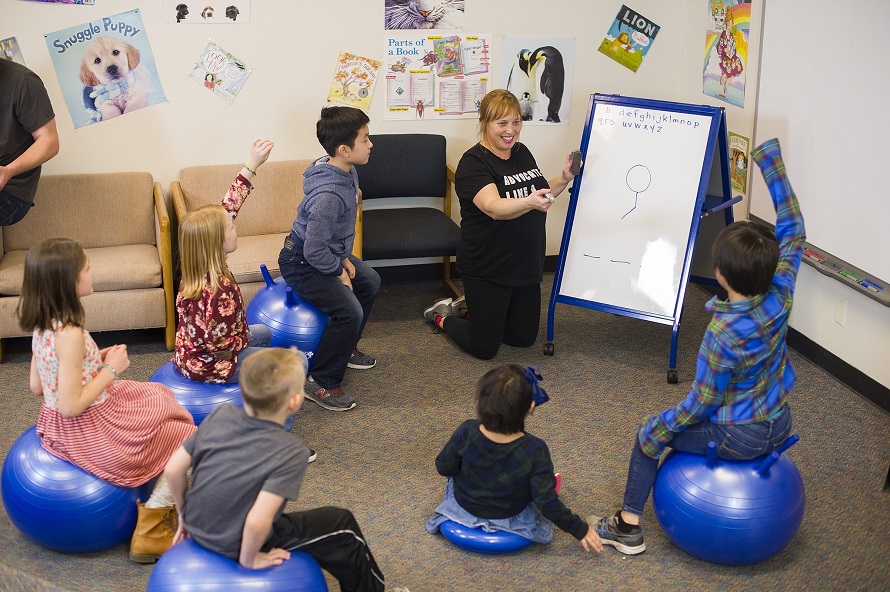
When the Body is Moving, the Brain Is More Engaged in Learning
Children today have much less active play than we were allowed in the years past. Much of their time now is spent trying to sit still in their classrooms, which isn’t allowing them to develop their sensory systems. However, children need ample time to run, climb, jump, crash and get dirty. When sensory needs aren’t met through these activities, the brain seeks out the movement it craves by fidgeting and wiggling. The wiggle seat help fulfil this movement gap.
Movement Helps Kids Develop Skills
Active movement helps children develop muscle strength, endurance and coordination skills. Core muscle strength is needed to maintain proper posture when sitting in a chair, balancing on a moving surface, and sustaining those positions when the brain is actively engaged in something else. When the brain is paying attention to keeping the body upright, it’s not able to pay attention to the more important task at hand – eating, learning, writing or playing. For some kids, the decreased endurance and strength with postural muscles contribute to fidgeting because it is physically hard to sit still.
Some Disorders Make Sitting Still Difficult
For children with diagnoses like sensory processing disorder, autism, anxiety and ADHD, the challenge of sitting and focusing is affected by other symptoms of their diagnosis. To sit in a chair, some children require sustained attention and interaction that they may not be able to demonstrate without help. For some, just the feeling of the chair itself is uncomfortable and they cannot tolerate the sensation.
Whatever the reason your students may be having difficulty staying seated, the need for active seating options is necessary to allow them to participate in the activities that may be limited by constant fidgeting, wiggling or seat avoidance. Just make sure to never force a child to sit on it. There is a number of reasons a child may not want to, including being uncomfortable or feeling unsteady. Still, the majority of kids do well with them.


